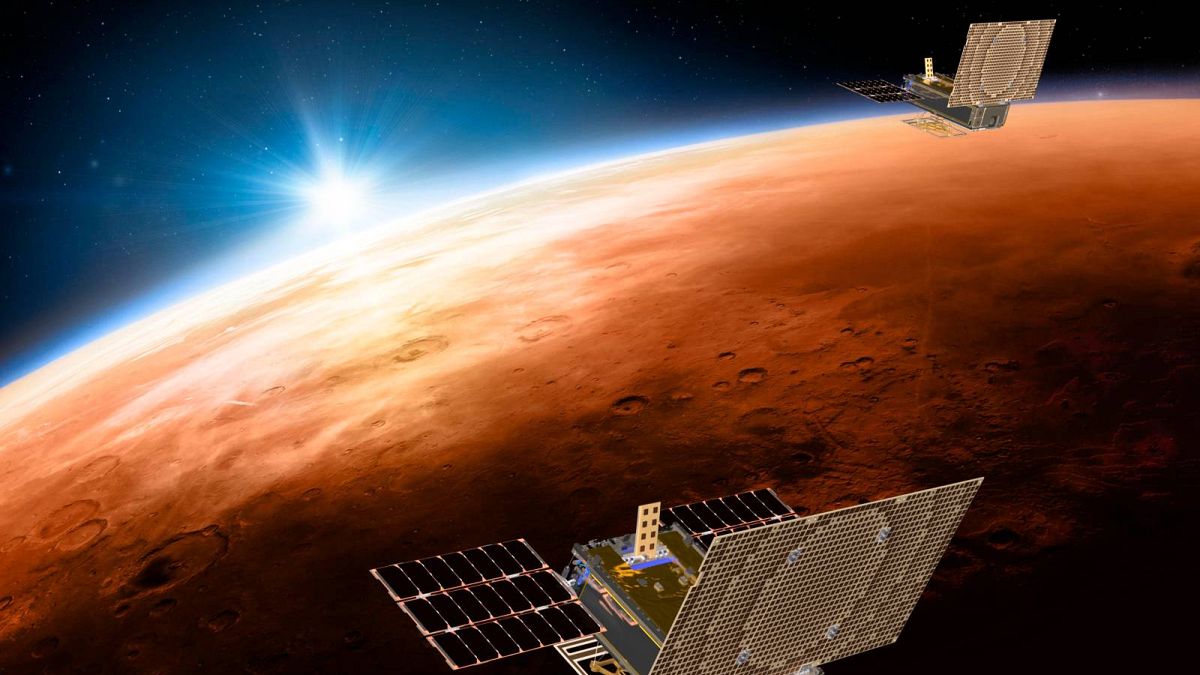Author: Anna Desmarais
Published on: 20/02/2025 | 00:00:00
AI Summary:
NASA has already landed robots on Mars, but only 12 out of 19 successful landings have been successful. “We will pursue our manifest destiny into the stars,” he said to applause and a thumbs up from SpaceX founder Elon Musk. That goal has raised many questions from experts, not least since humanity has yet to return to the Moon. Astronauts could encounter “weeks or months” of dust storms, reduced solar energy needed to power devices. If anything happens to the crew’s equipment, Mars is so far away that limited repair options are available. When the eventual mission does happen, the spacecraft that brings humans there will travel at least 1.6 billion km on its odometer. NASA has created a Moon to Mars Architecture, a series of policy documents and positions exploring how the two missions are interconnected. Landing spacecraft on the Moon, for example, will provide “valuable insight” ahead of the Mars landing. SpaceX plans to use the Starship mega rocket to get people to Mars in 2026. SpaceX will launch the vehicle on uncrewed missions to Mars by 2028. ADVERTISEMENT Musk said SpaceX would send astronauts to Mars if successful. Apple vice president: “We’re so excited for iPhone 16e to complete the lineup” Apple has been hyping its foray into AI since last June. The complete set of features still haven’t been released in the US.
Original: 1491 words
Summary: 227 words
Percent reduction: 84.78%


